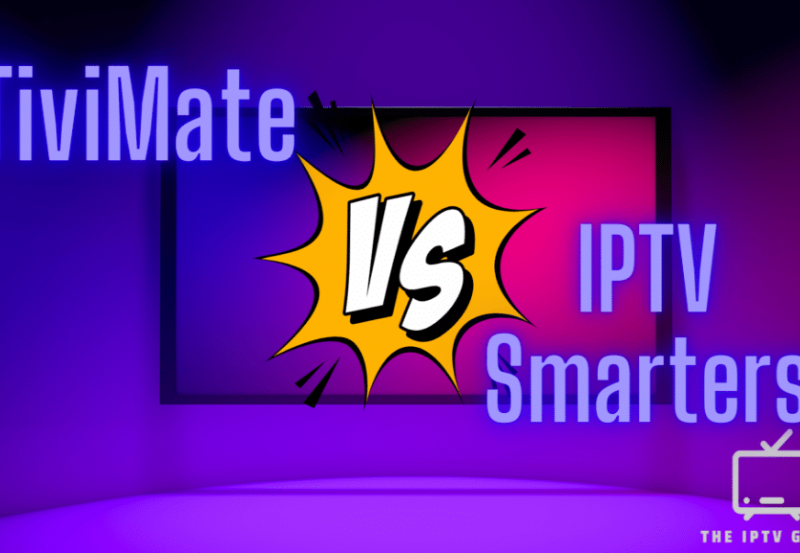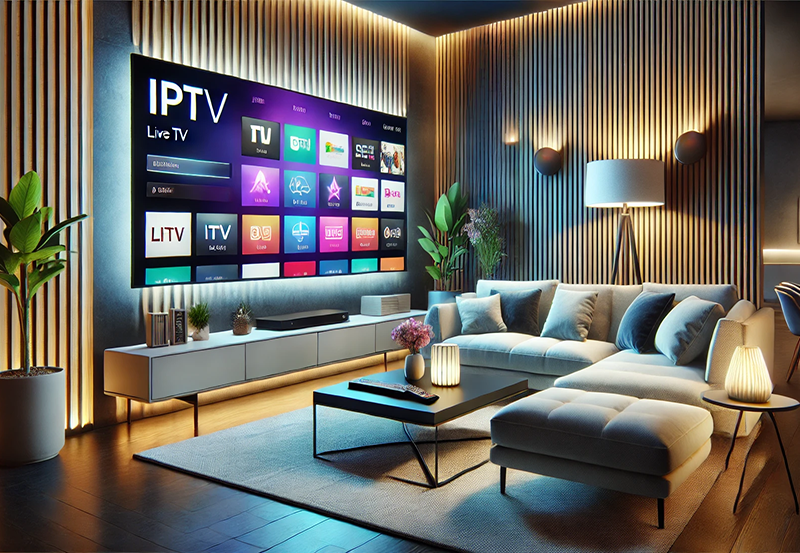In today’s rapidly evolving digital era, the quest for the perfect home entertainment system often leads to the world of IPTV, with Plex stepping forward as a top choice for enhancing the streaming experience. Yet, as appealing as it might sound, diving into Plex IPTV without the proper knowledge can usher in unforeseen challenges that mar the possibility of a seamless streaming encounter. This article serves to guide both novices and seasoned users through avoiding five prevalent mistakes in Plex IPTV usage, paving the way for high-quality IPTV streaming and maximizing your viewing pleasures.
Understanding the Importance of High-Quality IPTV
The allure of IPTV is indubitably tied to the promise of immaculate streaming without the constraints of traditional cable services. Ensuring a high-quality IPTV experience is pivotal, as it directly affects both the satisfaction and the engagement level of the viewer. Unfortunately, several users neglect basic aspects such as broadband requirements or the capabilities of their devices, which can lead to poor performance.
Choosing an IPTV provider capable of delivering consistent, buffer-free streams is crucial. Overlooking this aspect often leads to constant disruptions, which diminishes the viewing experience. Aiming for high quality naturally requires understanding and accommodating the technical necessities, such as robust internet bandwidth and compatible hardware.
Pro Insight:
Stream seamlessly across devices with IPTV service in Canada, offering unmatched stability and content variety.
The Overlooked Significance of Server Location and Setup
The server location plays a critical role in IPTV functionality, yet users frequently ignore this factor. Opting for servers closer to your geographic location minimizes latency and potential connective issues. It’s a straightforward yet often neglected step that ensures smooth and uninterrupted viewing sessions.
Additionally, when setting up Plex servers, adapting configurations to accommodate network specifications helps elevate streaming quality. Many users stick to default settings, unknowingly limiting their system’s capabilities. A tailored server setup enhances bandwidth usage efficiency and optimizes stream delivery.
Proper Network Configuration for Optimal Streaming
Another significant challenge is configuring your network correctly to support IPTV streaming. Without suitable configurations, users may experience unnecessary buffering and long load times, which can frustrate even the most patient viewer. Delving into router settings to configure port forwarding and prioritizing traffic to your Plex server can yield noticeable improvements.
Utilizing a VPN: Pros and Cons
Incorporating a VPN into your IPTV routine is a mixed bag of benefits and potential complications. While it offers enhanced privacy and access to geo-restricted content, a VPN may introduce latency issues if not correctly set up. Users should weigh the advantages against the potential drawbacks based on their specific needs.
Embracing Regular Updates and Upgrades
Technological advancements imply that regular updates are imperative for any digital service, and Plex IPTV is no exception. Yet, many users disregard update notifications, leading to outdated software replete with bugs and security vulnerabilities that can severely limit functionality.
Upgrading your TV experience shouldn’t just stop at the latest app version. Hardware upgrades—like investing in a better streaming device or enhancing your home network infrastructure—contribute significantly to ensuring a state-of-the-art Plex IPTV experience.
Configuring Proper Datasets and Media Libraries
Efficiency in accessing media is paramount for a satisfying Plex IPTV journey. One common mistake is the haphazard organization of media libraries, which can lead to a chaotic user interface and lengthy search times. Proper categorization and metadata tagging streamline access and enrich user experience.
Additionally, ensure that your media formats are compatible with Plex’s capabilities. Incompatible files could lead to failed attempts at streaming, causing frustration and time wasted troubleshooting.
Securely Sourcing Your IPTV Content
Navigating the waters of IPTV providers requires caution since not all sources offer legitimate or reliable services. Selecting a reputable provider not only assures content quality but also maintains your network’s security against potential threats posed by dubious sources.
Recognizing and Rectifying Common Missteps Quickly
Even with preparation, mistakes happen. Recognizing issues early and knowing how to address them promptly can make the difference between an interrupted movie night or a seamless, enjoyable stream. Keeping abreast of community forums where fellow users share insights and solutions is beneficial for quickly tackling common problems.
Errors such as unsupported file formats or server outages can appear daunting but often have straightforward solutions if approached calmly and methodically. The key is to stay informed and proactive.
Creating and Maintaining a Troubleshooting Checklist
A practical step is drafting a personalized troubleshooting checklist. This quick reference can guide you through resolving frequent issues, saving time and mitigating frustration. Keeping the checklist updated with new challenges and solutions ensures you’re prepared for the ever-evolving IPTV landscape.
FAQs: Enhancing Your Plex IPTV Experience

1. What is the minimum internet speed for high-quality IPTV?
For high-quality IPTV streaming, a minimum of 15-25 Mbps per stream is recommended. This ensures minimal buffering and allows for smooth HD content delivery.
2. Can I use Plex IPTV without a VPN?
Yes, you can use Plex IPTV without a VPN; however, using a VPN can enhance security and access to geo-restricted content. Weighing the pros and cons of VPN usage is advised based on your specific needs and privacy concerns.
3. How often should I update my Plex app and server?
Regular updates are essential. Aim to update your Plex app and server every few weeks or whenever prompted. This practice helps maintain security and ensures software bugs are addressed, providing the best streaming experience.
4. Are all IPTV content sources reliable?
Not all IPTV content sources are reliable. It is crucial to vet providers thoroughly before subscribing. Reliable sources ensure better performance, quality content, and greater security.
5. Why is metadata tagging important for my media library?
Metadata tagging organizes your media, making navigation easier and ensuring quick access to content. This enhances the overall Plex experience by maintaining a well-structured library interface.
6. Is investing in new hardware necessary for IPTV?
While not mandatory, upgrading your hardware can significantly enhance your IPTV experience. Newer devices often provide better performance, higher resolution support, and improved compatibility with applications like Plex.
7. How do I choose the right IPTV provider?
Choosing the right IPTV provider involves evaluating their reputation, customer reviews, stability, and their ability to meet your streaming needs. It’s vital to prioritize quality and reliability to upgrade your TV experience successfully.
Embarking on the IPTV journey with Plex can transform your viewing habits and enhance your entertainment options dramatically. By being mindful of these common errors and adopting best practices, you ensure a smoother, more enjoyable streaming experience. As technology continues to evolve, staying informed and adaptable becomes key to maintaining the best IPTV experience.
Security Concerns with IPTV and How to Protect Yourself





